The 5 Most Unusual Military Units in History
On the battlefield, any sort of edge can determine who wins and loses. Over time, countries and their militaries have attempted to throw off opponents with unusual units. Below is a list of five of the most unusual military units in history.
The Potsdam Giants
Having an imposing infantry regiment can be a significant edge on the battlefield. In the 17th century, Friedrich Wilhelm I of Prussia took the intimidation up a few notches. Determined to strike fear into the hearts of his enemies, he began recruiting the most massive soldiers he could find.
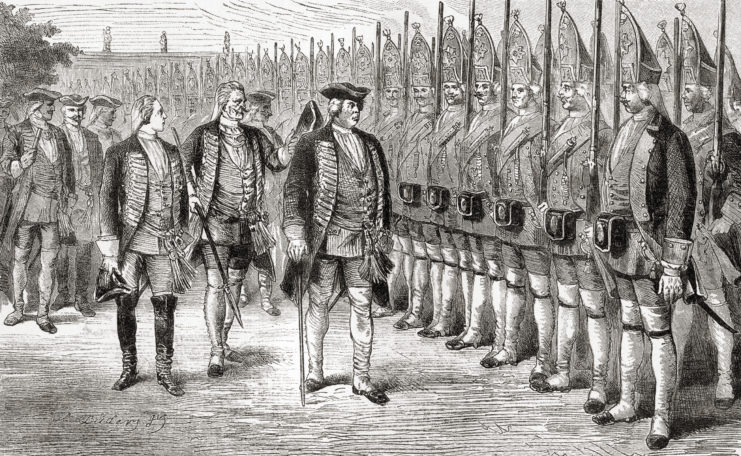
When he became the nominal Commander of the Regiment in 1688, he decided he’d already recruited the largest soldiers in Europe and began recruiting others from around the world. Despite their intimidating presence, the Potsdam Giants took part in very few actual battles. The regiment was disbanded in 1806 after the Prussians fell to Napoleon’s Army.
The Viking Berserkers
Armies having to face off against Viking hordes were already pretty terrified, so it was worse that they had a regiment dedicated to their most unhinged warriors. These fighters were referred to as the Berserkers. Unlike other Vikings, the Berserkers entered battle wearing no armor, instead opting for wolf pelts or fighting bare-chested.
Berserkers whipped themselves into such a frenzy during war that no one could calm them down; they raped and pillaged until they were too exhausted to continue. Historians think their state might have been brought about by henbane or muscimol mushrooms.
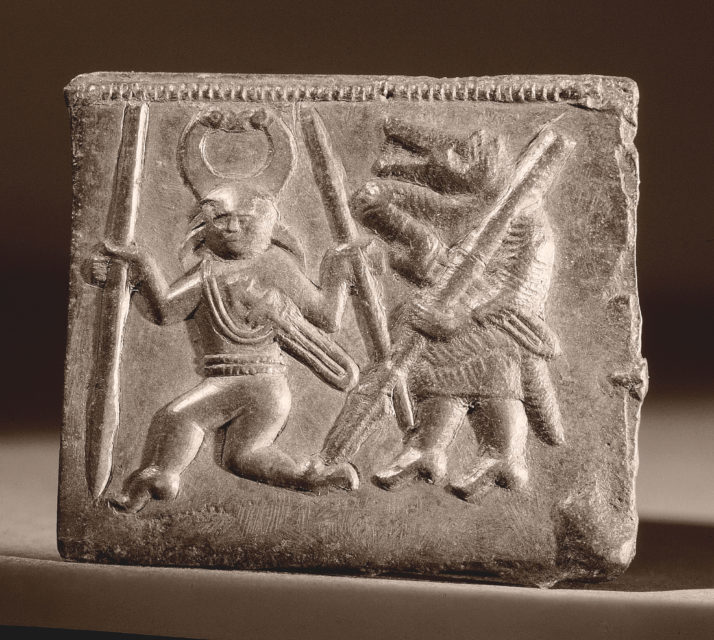
For their skills, they were highly sought after. Unfortunately for the people hiring them, they were not at all reliable. They were also quite unpopular with their fellow Vikings. When they weren’t satiated by combat, they were known to rape or murder their allies because their blood lust was so intense.
The Ghost Army
By the 1940s, movies were all the rage, and the studios making them worked hard to create the most believable special effects. During World War II, the US Army decided these effects could help them win on the battlefield. In the summer of 1944, the Army assembled a team of artists, sound effect experts and designers, and referred to them as the “Ghost Army.” They were tasked with using inflatable tanks, vehicles and sound effects to fool the Axis powers.
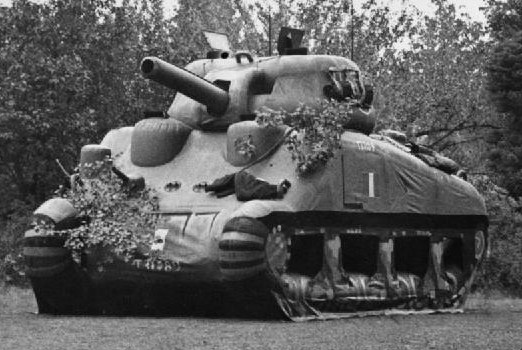
The unit kept busy, running more than 20 operations during the war. As time went on, the deception went even further, utilizing fake radio traffic and sound effects of gigantic blasts. The Ghost Army remained a secret for decades to come, and the outfit’s existence wasn’t fully known to the public until 1996.
The Gurkhas
The British Army first encountered the Gurkhas in 1814 during the Anglo-Nepalese War. While the Nepalese soldiers were outgunned and outmanned by their British enemies, the Gurkhas gave them all they could handle. When peace was made, the British authorized the Gurkhas to fight in the East India Company’s Army, later being incorporated into the British Army.
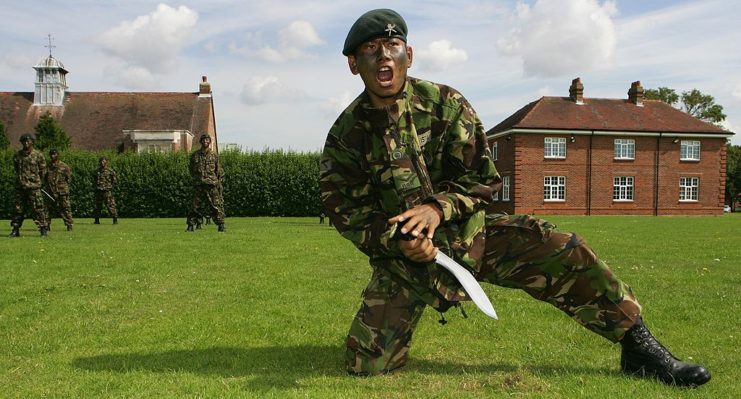
Over the next 200 years, the Gurkhas became famed for their tenacious fighting style and curved kukri knives. Since World War I, Nepalese soldiers fighting in the British Army have received more than 2,000 citations for bravery, including 26 Victoria Crosses.
The tradition lives on today, as Britain selects 200 new Nepalese soldiers each year to serve in their Gurkhas outfit. One of those soldiers, Dipprasad Pun, became a global sensation in 2019 when he took between 12 and 30 Taliban fighters all by himself.
The Monuments Men
As war raged across Europe in the early 1940s, European governments were worried about preserving historical artifacts and priceless pieces of art. In response, the Allied powers put together the Monuments Men. They were a group of academics, historians and art curators charged with making sure historically significant structures weren’t destroyed inadvertently. Pilots were even given plans showing them areas to avoid while on bombing raids.
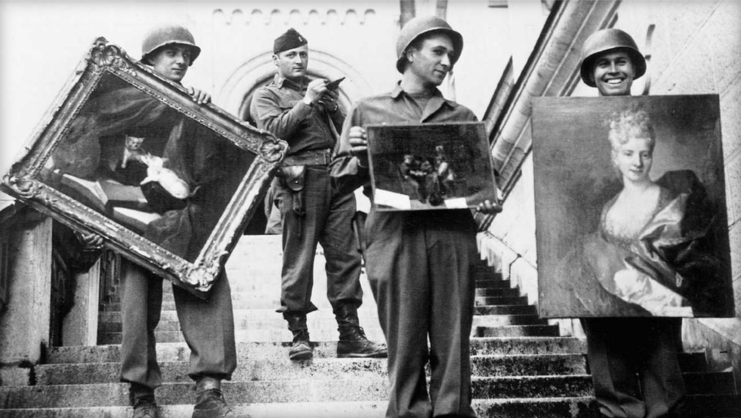
As the war came to a close, the Monuments Men became less concerned about art being destroyed and more about finding pieces that had been stolen. During the war, the Germans had stolen countless priceless pieces.
A movie based on the the group, featuring a star-studded cast, debuted in 2014.
The post The 5 Most Unusual Military Units in History appeared first on warhistoryonline.
Post a Comment
0 Comments